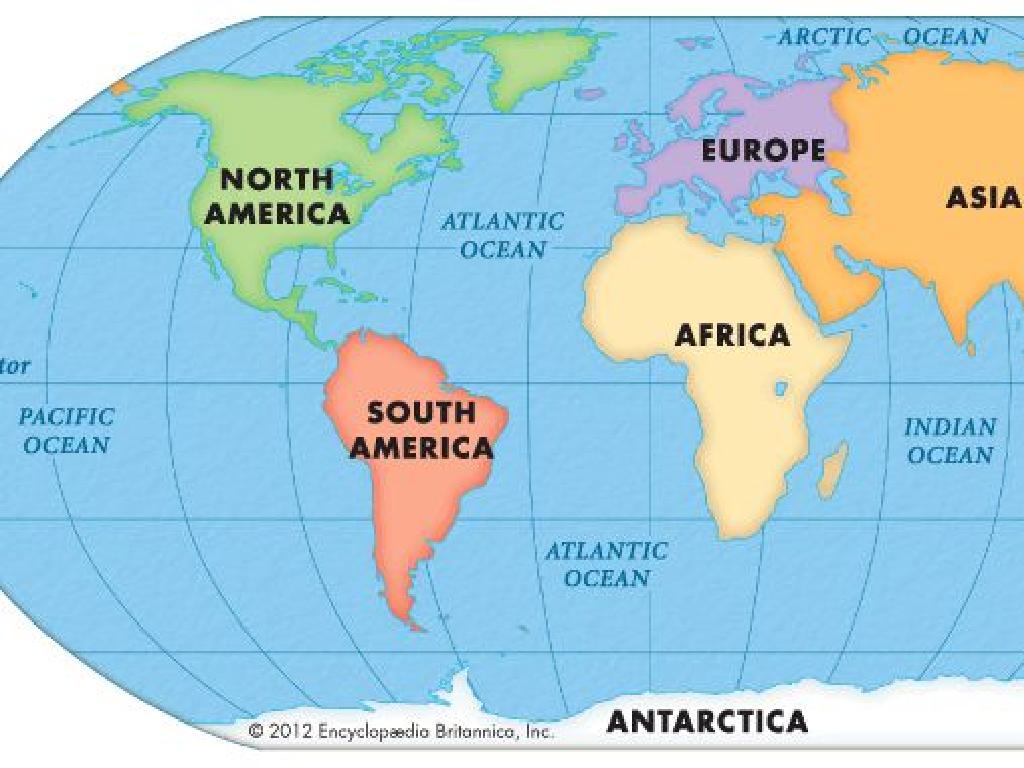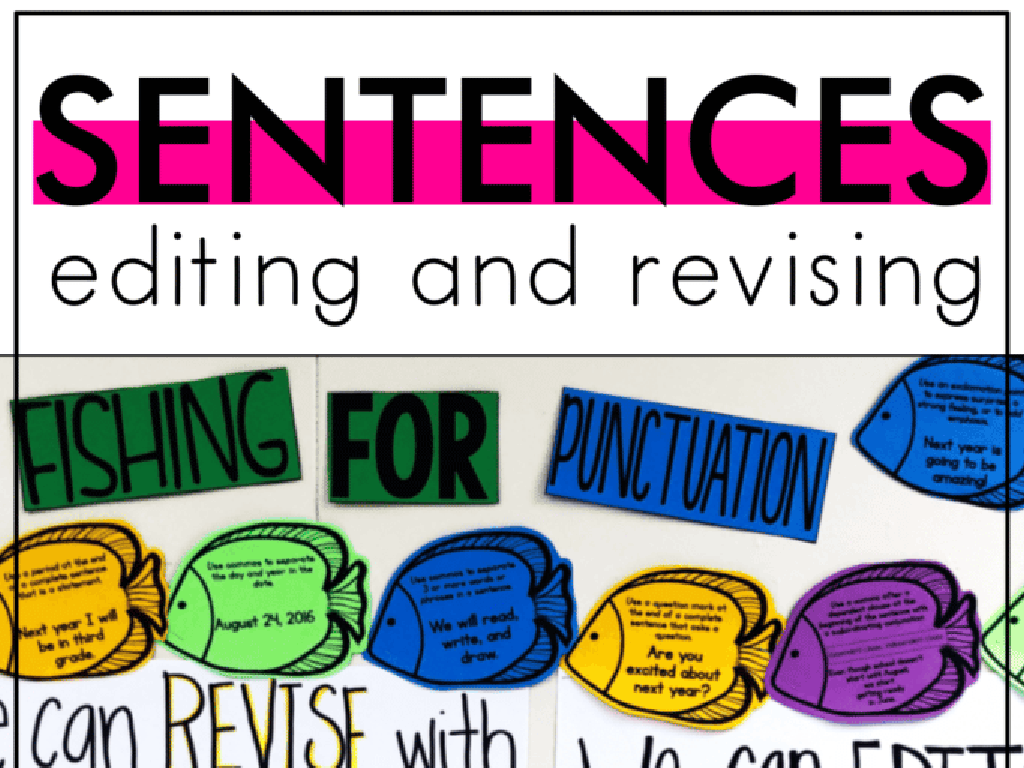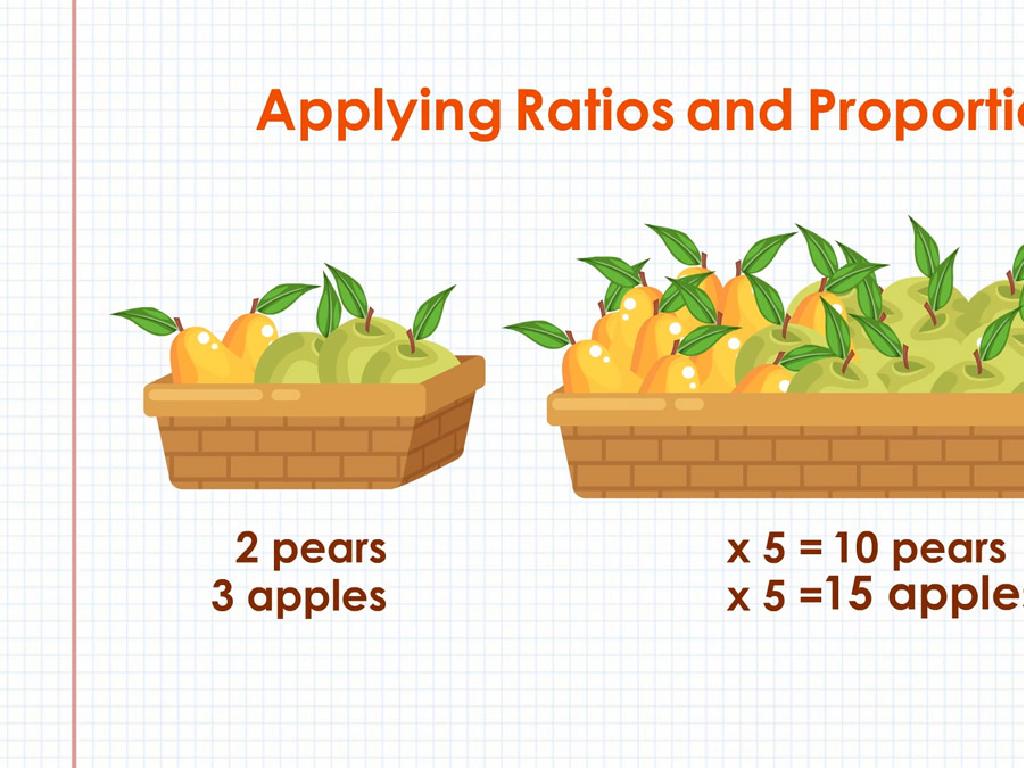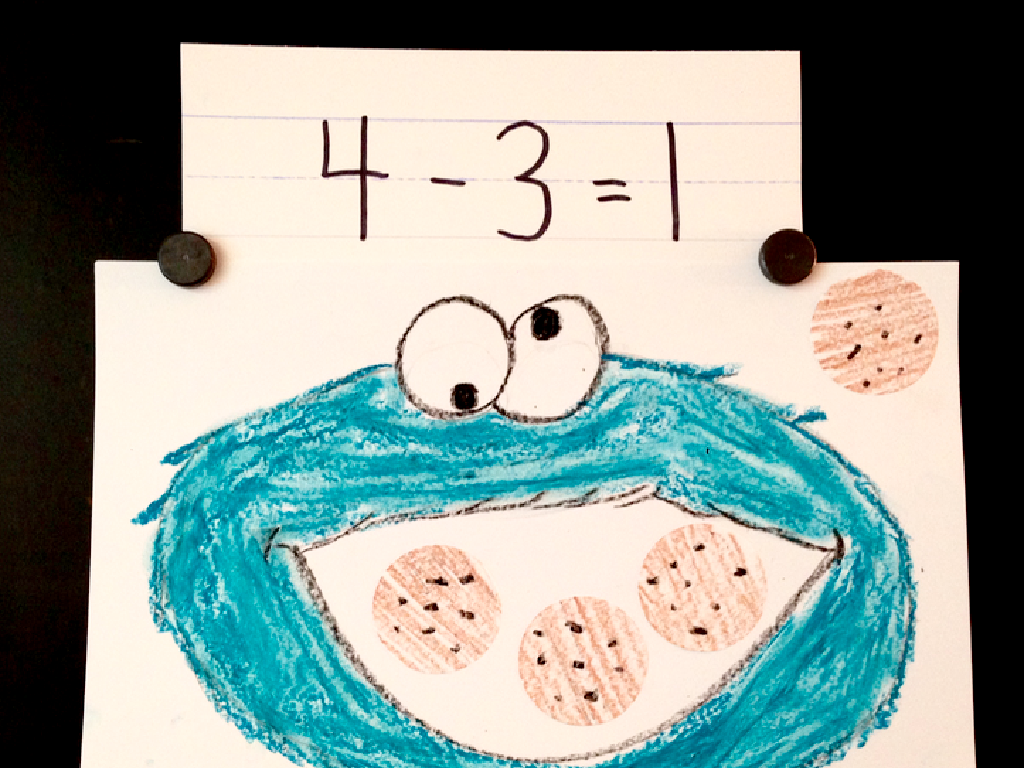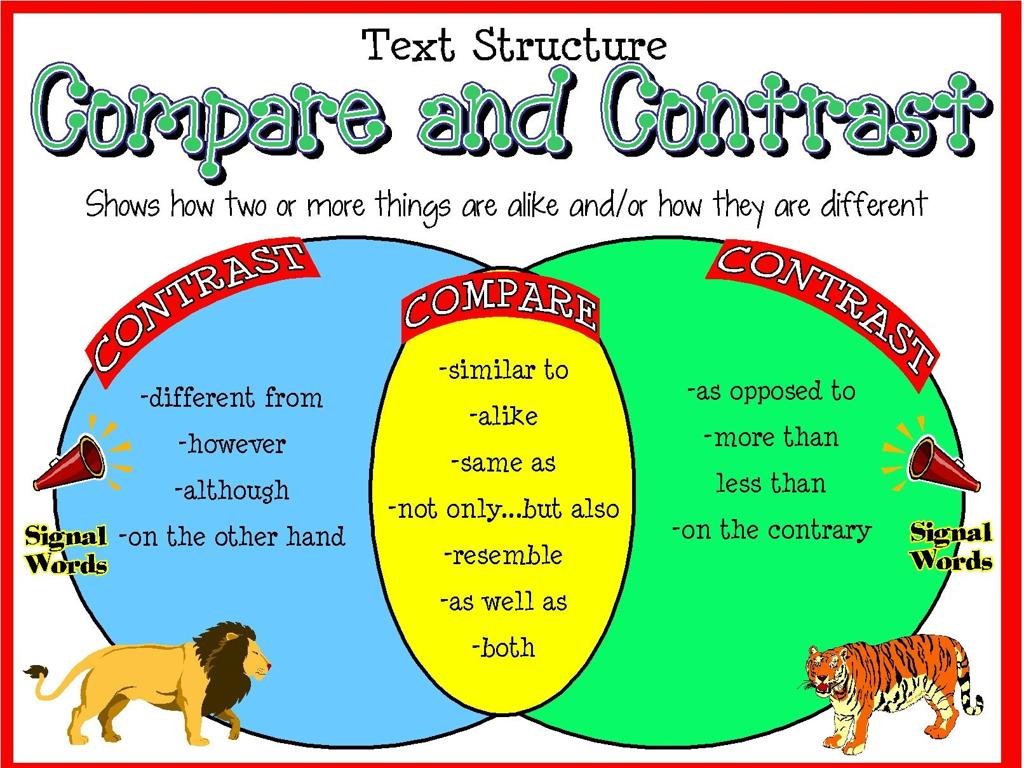Read About Sports And Hobbies
Subject: Language arts
Grade: Third grade
Topic: Informational Texts: Level 1
Please LOG IN to download the presentation. Access is available to registered users only.
View More Content
Exploring Sports & Hobbies Through Reading
– What are informational texts?
– Texts that give facts about real-world topics
– Reading about sports
– Find out rules & history of different sports
– Reading about hobbies
– Learn about various hobbies & what you need
– Learning from texts
– Gain knowledge on interests & new activities
|
This slide introduces students to informational texts with a focus on sports and hobbies. Begin by explaining that informational texts provide facts and details about real-world topics. Emphasize how reading can be a source of learning about their favorite sports, including the rules and history behind them. Similarly, discuss how hobbies can be explored through reading, which can provide insights into what hobbies exist and what materials or skills are needed. Encourage students to think about how they can apply what they learn from these texts to their own lives, possibly sparking new interests or activities. The goal is to show the practical and enjoyable aspects of reading informational texts.
Exploring Informational Texts on Sports & Hobbies
– What are informational texts?
– Texts that give facts about topics
– Sources of factual content
– Books, articles, and websites
– Real-life facts, not fiction
– They tell about actual events and things
– Focus on sports and hobbies
– Learn about rules, history, and benefits
|
This slide introduces students to the concept of informational texts, emphasizing their purpose to educate on specific subjects. Use examples that third graders can relate to, such as a book about soccer or a website on painting. Highlight the difference between informational texts and fictional stories by explaining that the former provides real-life facts and knowledge, while the latter tells a made-up story. Encourage students to think about their favorite sports and hobbies and how they can learn more about them through informational texts. Discuss the importance of these texts in gaining a better understanding of the world around them.
Exploring Sports Through Reading
– Sports involve physical skills
– Like running, jumping, and teamwork
– Learn rules, history, and players
– Understand how sports are played and who made them famous
– Read a soccer paragraph together
– We’ll read about soccer, a popular team sport
– Find the paragraph’s main idea
– What is the paragraph mostly about?
|
This slide is aimed at engaging third-grade students in the exciting world of sports through reading. Begin by discussing what sports are and the physical skills they involve, such as running and teamwork. Explain that reading about sports can help us learn about the rules of the game, its history, and the players who have become important figures. Choose an age-appropriate paragraph about soccer, a sport familiar to many children, and read it together as a class. Guide the students to identify the main idea of the paragraph, asking questions like ‘What is this paragraph mostly about?’ and ‘What can we learn about soccer from this paragraph?’ This activity will help students practice extracting the main idea from a text, a key reading comprehension skill.
Learning About Hobbies
– What are hobbies?
– Activities done for enjoyment in free time
– Examples of popular hobbies
– Like collecting stamps, painting, or playing music
– Reading about various hobbies
– Discover hobbies through stories and articles
– Learning from hobbies
– Hobbies can teach us skills and patience
|
This slide introduces the concept of hobbies to third-grade students, emphasizing that hobbies are enjoyable activities chosen freely during leisure time. Provide examples of hobbies to help students relate to the topic and spark their interest. Encourage them to think about their hobbies or ones they might like to try. As they read about different hobbies, guide them to consider what each hobby could teach them, such as new skills, knowledge, or even virtues like patience and dedication. The goal is to inspire students to explore their interests and learn from the activities they enjoy.
Exploring Features of Informational Texts
– Informational texts guide us
– Headings, contents, index, glossary
– Headings: chapter titles; Table of contents: book layout; Index: find specific info; Glossary: word definitions
– Understanding text features
– Learn how these parts help us read better
– Using features to find info
– Practice finding information using these features
|
This slide introduces students to the various features of informational texts that aid in comprehension and efficient information retrieval. Emphasize how headings provide an overview of each section, while a table of contents outlines the structure of the book. The index is a tool for quickly locating specific information, and a glossary explains the meanings of key terms. Encourage students to use these features when they read about their favorite sports and hobbies to enhance their understanding and make reading more enjoyable. In the next class, we can have an activity where students use these features to find facts about a sport or hobby they are interested in.
Reading Comprehension: Main Idea
– Understanding the main idea
– The main idea is the big point or the most important thing the text is telling you.
– Exploring supporting details
– Details that tell more about the main point, like examples, reasons, or descriptions.
– Practice with a basketball text
– We’ll read about basketball and find the main idea and details that support it.
– Discuss our findings together
|
This slide introduces the concept of the main idea in reading comprehension, which is a crucial skill for third graders. The main idea is the central message or point that the author wants to convey. Supporting details are facts, examples, or descriptions that explain or elaborate on the main idea. Use a text about basketball to make the exercise engaging and relatable, as many students may already have an interest in sports. After reading, prompt the students to identify the main idea and supporting details. Encourage group discussion to allow students to share their thoughts and understandings. This will help them to grasp the concept of main idea and supporting details more concretely.
Class Activity: My Sports & Hobbies Booklet
– Become an author today!
– Create a booklet about your favorite sport or hobby
– Think of a sport or hobby you love
– Include facts, rules, and personal enjoyment
– Write down how it’s played and what you need
– Use headings and illustrations
– Share why it’s special to you and draw related pictures
|
This activity encourages students to apply their knowledge of informational texts by creating a booklet about a sport or hobby they are passionate about. Provide them with paper folded into a booklet to start. Guide them to include a title page, a table of contents, and several sections with headings. They should write clear, simple facts and rules about the sport or hobby and express why they enjoy it. Encourage creativity with drawings and personal flair. Possible activities: one student could write about soccer, another about ballet, a third about chess, and so on. This will help them understand the structure of informational texts while engaging with their interests.
Conclusion & Reflection: Exploring Sports and Hobbies
– Celebrate creating your booklets!
– Share your sports & hobbies knowledge
– Talk about your favorite part of the booklet
– Discover new hobbies to try
– Did any hobby in the reading catch your interest?
– Reflect on today’s reading discoveries
– Think about what you learned and how it felt
|
This slide wraps up the lesson by celebrating the students’ efforts in creating their booklets on sports and hobbies. It’s a chance for them to share what they’ve learned and express their thoughts with the class. Encourage them to discuss any new hobbies they found interesting and might want to try. Use this opportunity to foster a reflective mindset, asking them to consider how the reading has expanded their knowledge and understanding of different activities. This reflection helps solidify the learning experience and encourages students to explore new interests.

